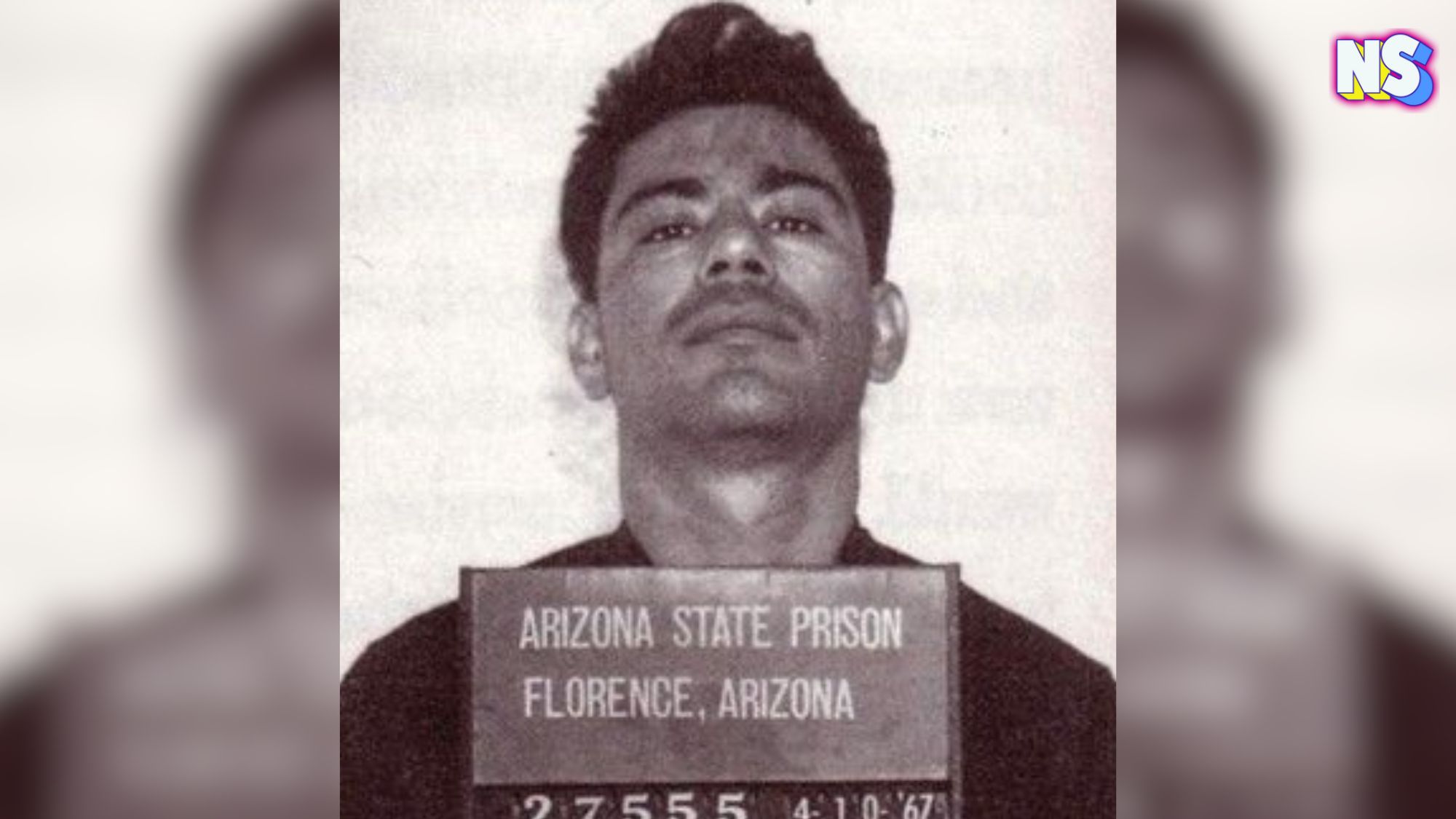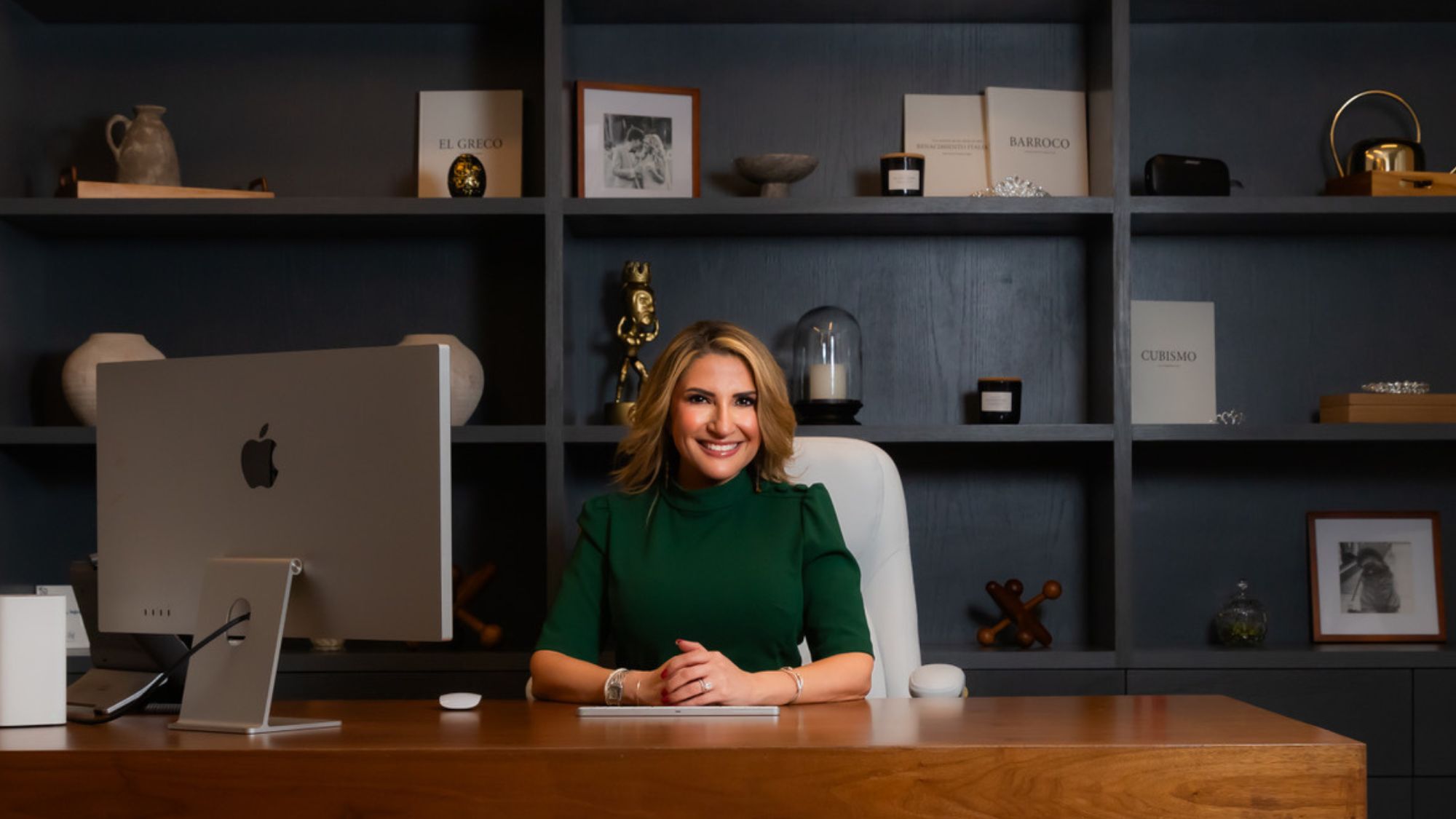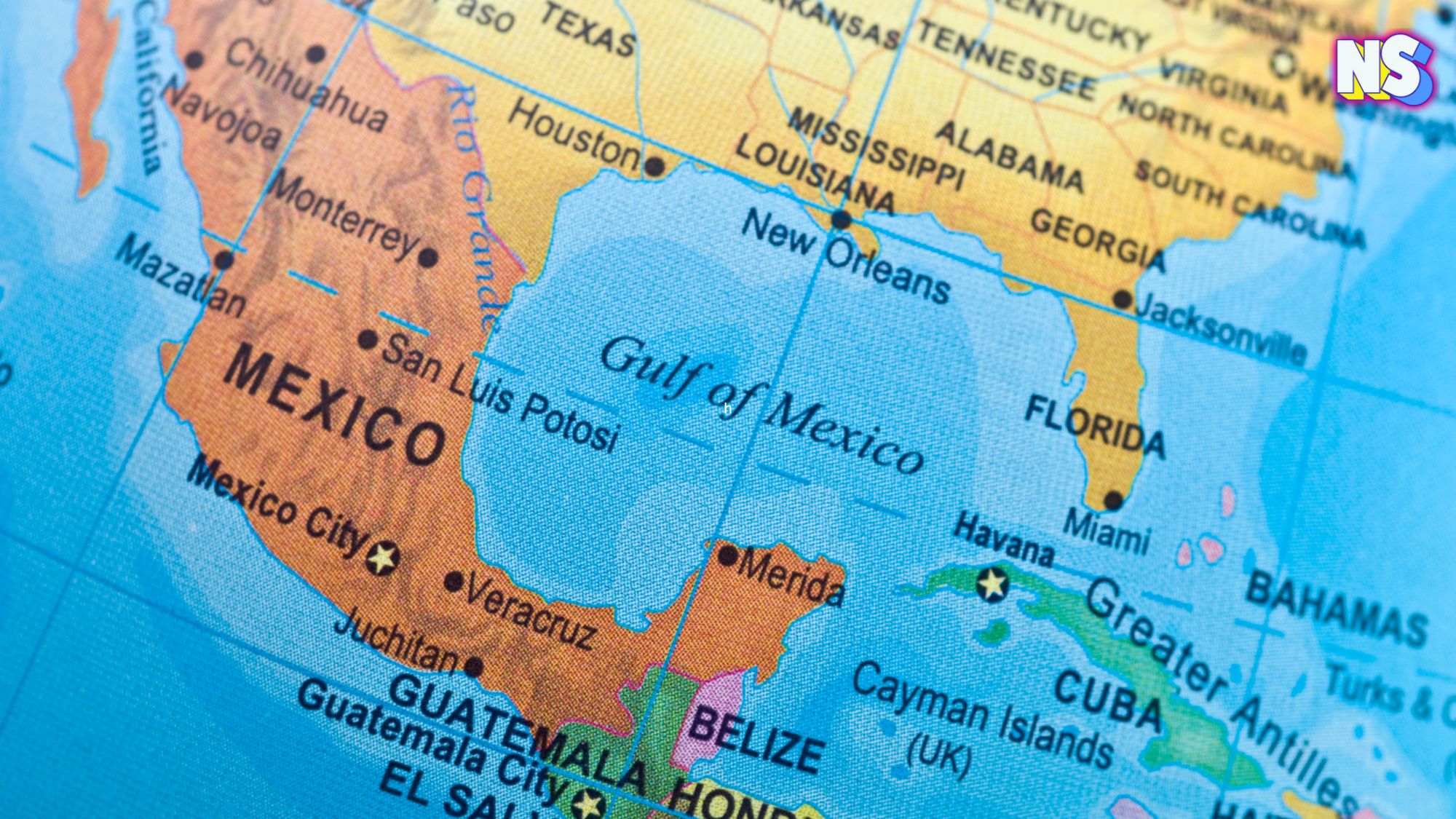“Mama Ines” is a fictional character with a significant role in Cuban culture. Do you know of her? She is a voluptuous African slave, wearing a red handkerchief on her head, who was brought to the tropical island of Cuba during the slave trade that spanned three centuries. She exudes joy, through rhythm and dance, wherever she goes. In one hand she holds a cigar, and in the other, a cup of café Cubano negro. Does this ring a bell? Do you know the story of Mama Ines?
The Untold Story of ‘Mama Ines’
There’s a world-renowned tango-congo song – maybe you know it – named after Mama Ines, by a leading Cuban pianist and composer popular in the 1920’s-30’s, Eliseo Grenet. It goes: “Ay Mama Inés, ay Mama Inés, todos los negros tomamos café…”
Don’t know it?
Well, there’s a lesser-known poem written about her in “Ayer Me Dijeron Negro” (“Yesterday They Called Me Black”) by Nicolás Guillén – a national poet of revolutionary Cuba during the same time period. It immortalizes her with these lines. Maybe you’ve heard or read them somewhere:
Ayer me dijeron negro
Pa que me fajara yo:
Pero el que me lo decía
Era un negro como yo
Tan blanco como te ve
Y tu abuela sé quien é
¡Sácala de la cocina,
Mama Iné!
Mama Iné, tu bien lo sabe;
Mama Iné, yo bien lo sé;
Mama Iné, te dice nieto,
¡Mama Iné!
It’s OK if the name Mama Inés still isn’t ringing any bells for you. In fact, Cuban-born, Latin Grammy-nominated artist Yeisy Rojas didn’t know of her either. Then she read this Guillén poem. And it changed her life forever.
From Havana to the Fjords: A Cuban in Norway
The Cuban violinist, singer and composer Yeisy Rojas says she first reconnected with one of the island’s most known cultural figures when she moved away, to Norway. The musician, now a world away from home, found herself drawn back to her roots while studying jazz violin at the Conservatory of Kristiansand. Despite the distance from her homeland, she says she felt Mama Inés’ spirit calling her back. In the cold Northern landscape, Mama Inés became a guiding light for Yeisy. And the world has discovered them both, a fictional character and the ambitious jazz musician who needed her.
Rojas says she had to do an assignment where she had to compose music to a poem, and then perform it with the school band.
“So I found that poem and set it to music and thought, ‘This poem touches me deeply, because its lyrics speak a bit about racism.’ I identified very much with it, because I also grew up with that kind of racism,” Rojas tells me.
“Even my own family sometimes would tell me, ‘Oh, that curly hair doesn’t look good on you. You have to fix it. Make yourself look pretty.’ So I grew up thinking that because of my roots, and maybe being darker, or having my hair a certain way, that I wasn’t beautiful. So when I saw this poem, it was something I felt deeply,” she explains.
@vibra_musical ✨Mama Inés✨ @Yeishiña #musica #letrasdecanciones #mamaines #yeisyrojas❤️ #canciones #vibramusical
♬ Mama Ines – Yeisy Rojas
Rojas kept following the nudge in her heart and not only set the poem to music, she recorded it and made a video to show that her race is really beautiful. “I don’t have to say it with words to people, ‘Listen, respect our race,’” Rojas explains . “No, I do it through a song.”
‘My tradition, my color, my race’
Her take on “Mama Inés” has been a whirlwind of success. Rojas was mentioned in Rolling Stone magazine for using the pride in her culture to unite the races through her music. Her single was named in Billboard’s 2023 “On the Radar.” And besides being nominated for the Lucas Awards in Cuba, Rojas’ first album ever, “A Mis Ancestros,” has been nominated for Best Tropical Latin Album at the 2024 Latin Grammy Awards airing later this month.
Rojas’ entire album represents her roots and her ancestors. “That’s how “Mamá Inés” fit very well to be in the album,” says Rojas. “Because she also represented that – my tradition, my color, my race.”
@hortashowpodcast @Yeisy_Rojas_ nos habló de su canción Mamá Inés ????️???????????? y del racismo que aún existe en Cuba incluso dentro de la comunidad afroamericana #entrevista #podcast #mamaines #cuba #show #racismo #cancion #musica #musicacubana #habana
♬ sonido original – L’Horta Show
However, Rojas says she also feels like a unique Cuban. She explains: “For example, there is a lot of Cuban music like salsa, son, rumba – many famous salsa musicians in Cuba who have brought Cuban music far,” she explains. “But I didn’t grow up in that environment. Since I was seven years old, I have studied classical music. I studied violin, and I had a different vision. After studying violin for 11 years, I started working in opera. So I was influenced a lot by descriptive music, a somewhat more romantic music.”
Her album also represents Rojas’ journey from when she left Cuba and moved to Norway to study for her masters in jazz violin. At first, she felt euphoria about the achievement of studying at a prestigious university in Europe, but after a few months, reality set in.
“The cold, the cultural shock, the language – I began to feel very sad,” Rojas says . “I didn’t get along with people in my class. I didn’t speak the language well. So I had to use a lot of energy to study the language, to understand the country’s codes, and survive the darkness.”
RELATED POST: Karol G Makes Grammy History: “This is the first of so many”
She knew she couldn’t just leave Norway and had to continue studying, however. “So, I needed something to survive. I started listening to Cuban music,” says Rojas. “Every time I started listening to Cuban music, it was like summer came here to my lonely world.”
And then when she read the “Mamá Inés” poem for the first time, she saw how she could put it to music as a way for her people to feel pride and a sense of unity as well.
“People from my race began to feel like, ‘Why do we have to think we are not beautiful? Yes, we have a different color, we have different hair and that also makes us special,’” says Rojas.
“So I am very happy with the result of Mamá Inés, as my heartfelt song, and the loveliest thing was people from my family, and my friends, in Cuba telling me, ‘Yes, it’s true. We have curly hair and that’s beautiful.”





